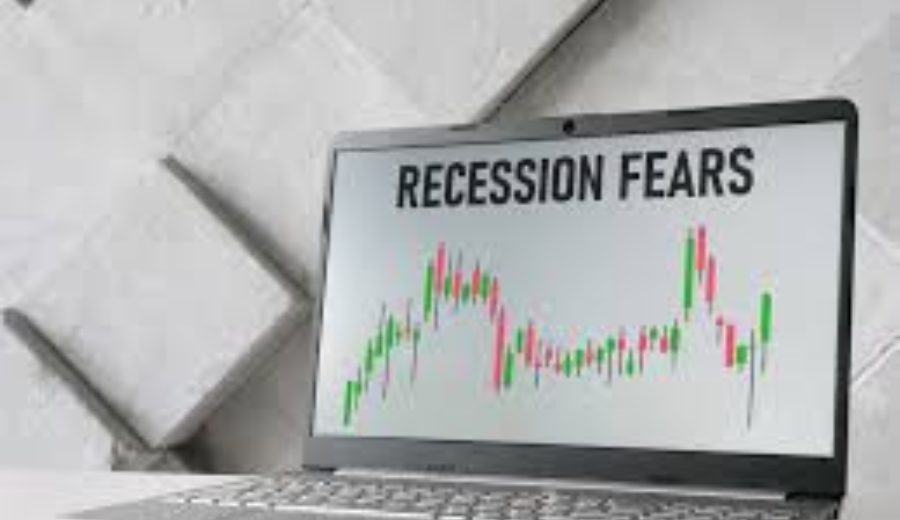The U.S. economy is currently navigating turbulent waters, grappling with escalating fears of a recession following President Donald Trump’s recent implementation of extensive tariffs on imports. These tariffs have not only sparked debates about trade policy but are also raising significant concerns about their long-term effects on economic stability.
Rising Odds of a Recession
Goldman Sachs has notably increased the probability of a recession occurring within the next 12 months to 45%, up from the previous estimate of 35%. This shift in outlook can largely be attributed to tightened financial conditions that are making borrowing more expensive and complicating business investments. In a climate of increased policy uncertainty, companies are likely to adopt a more cautious stance, potentially stalling hiring and expansion efforts.
Moreover, JPMorgan’s forecast paints a similarly bleak picture, projecting a 0.3% decline in GDP for the year. This marks a significant reversal from earlier growth projections, raising alarm bells among economists and investors alike. The ramifications of such a decline could be profound, affecting everything from consumer spending to job creation and overall economic growth.
Stock Market Reaction
The stock market has reacted negatively to these evolving concerns, experiencing notable fluctuations and significant losses. As investors digest the implications of the tariffs and the potential for an economic slowdown, volatility is becoming the norm. The prospect of a contracting economy raises doubts about corporate profitability, leading many investors to reassess their holdings. This uncertainty has contributed to a rollercoaster effect on stock prices, with many major indices feeling the pressure.
Consumer Sentiment and Future Outlook
As recession concerns grow, consumer sentiment may also take a hit. Economic slowdowns often lead to a decrease in consumer confidence, as households become wary of making significant purchases or investments. Retailers and businesses that rely heavily on consumer spending could face tougher challenges ahead.
Looking forward, economists will closely monitor how these tariffs play out and their broader implications for the economy. With potential retaliatory measures from trading partners also on the table, the situation remains fluid, leading many to question what the future may hold for the U.S. economy.
Conclusion
As the U.S. grapples with the ramifications of President Trump’s tariffs, the landscape of the economy appears increasingly precarious. With rising predictions for a recession coupled with a forecasted decline in GDP, both investors and consumers have reasons to be cautious. Continuous monitoring of economic indicators will be crucial in the coming months as the impact of these tariffs settles in. The intersection of trade policy and economic health will likely remain a critical topic for discussion among policymakers, economists, and the public alike.
In a world where economic stability can quickly shift, staying informed and prepared is key. Are you ready to navigate these challenges? Let’s stay vigilant and hopeful for brighter economic days ahead.
















